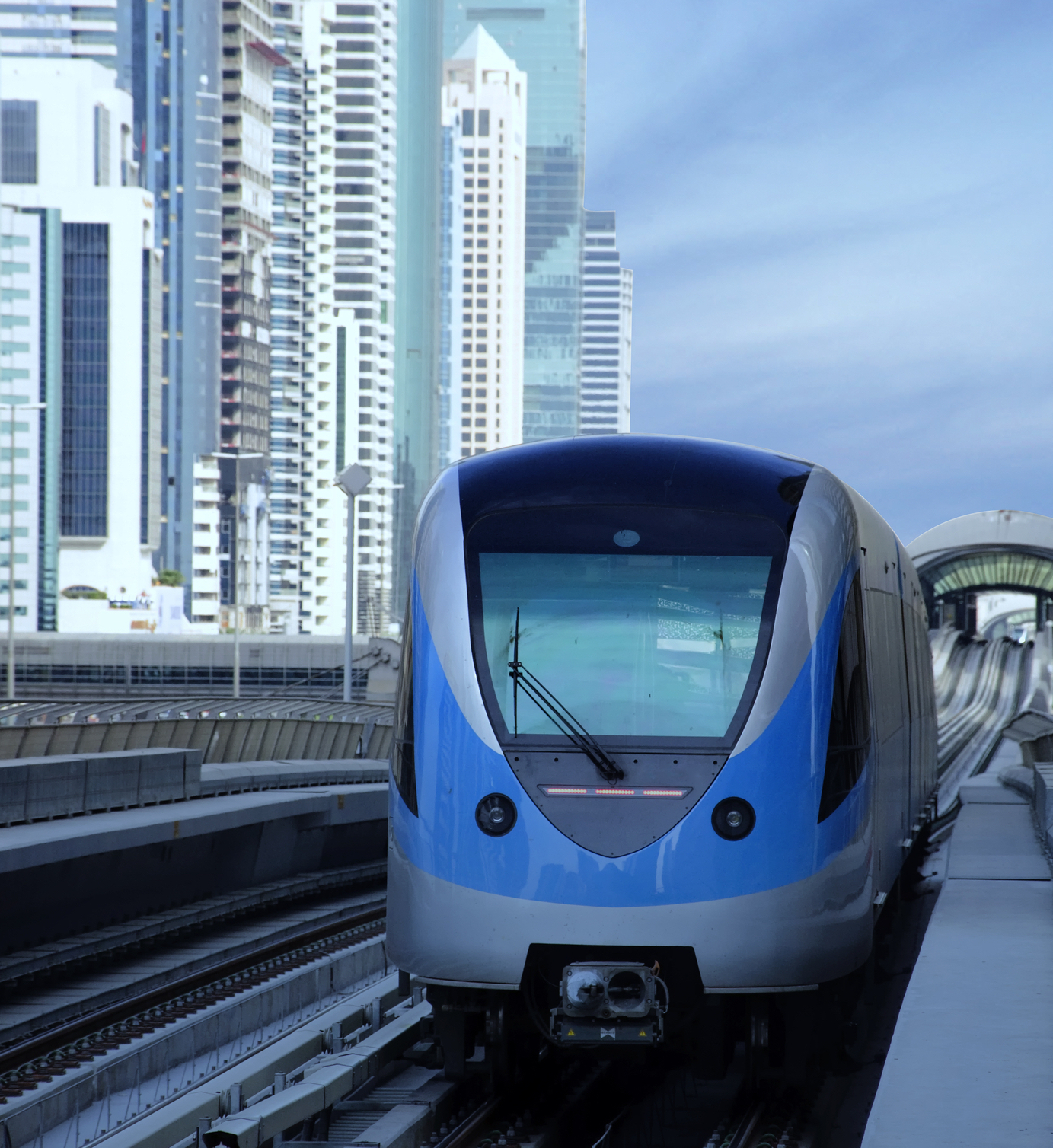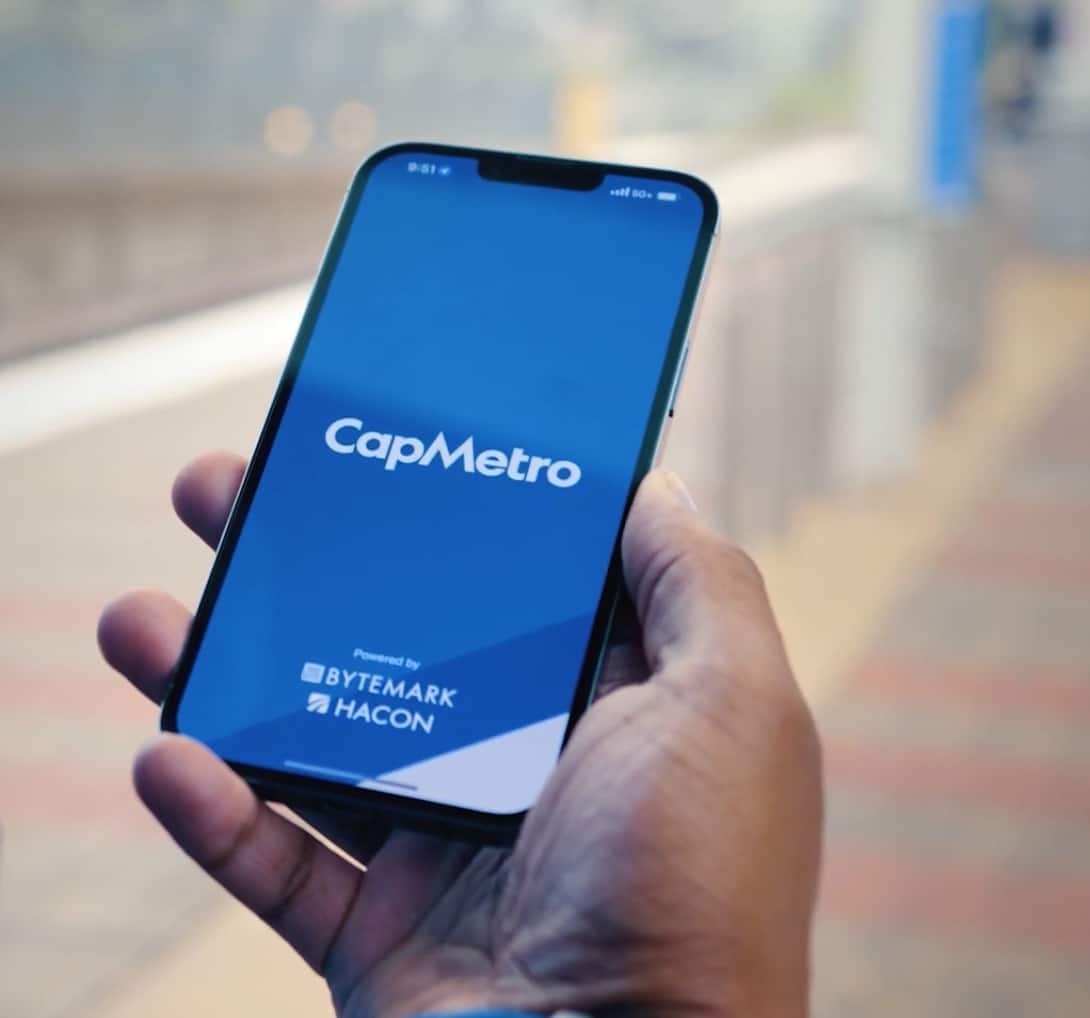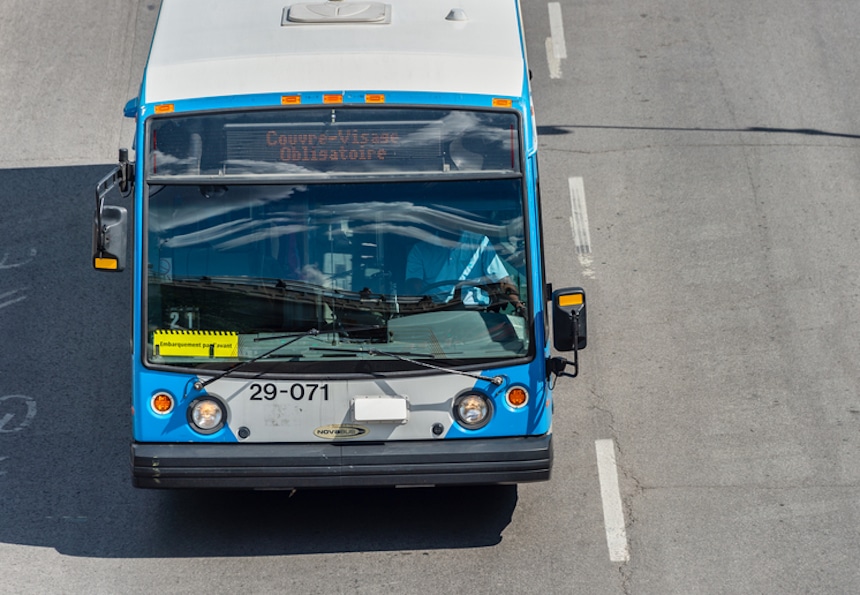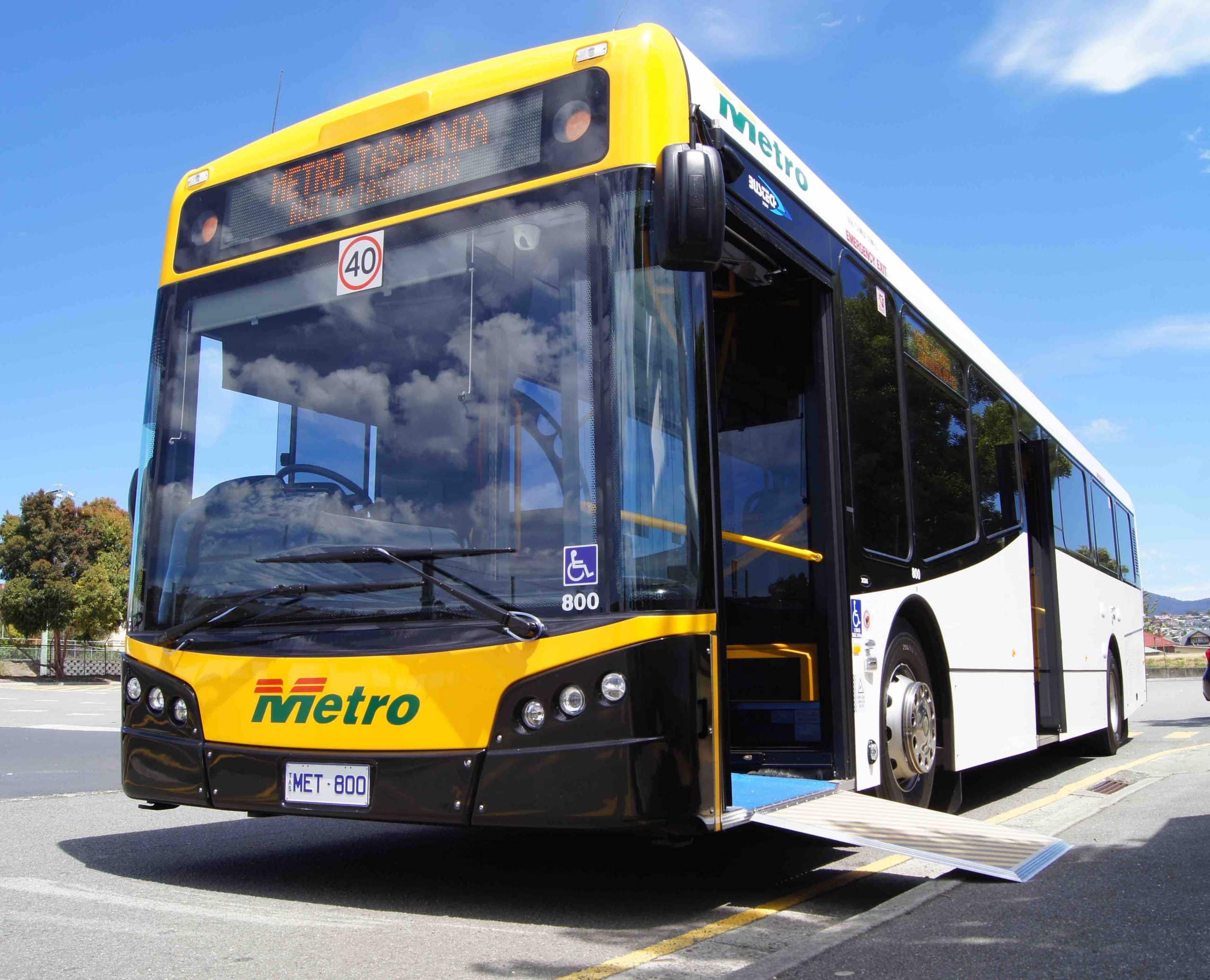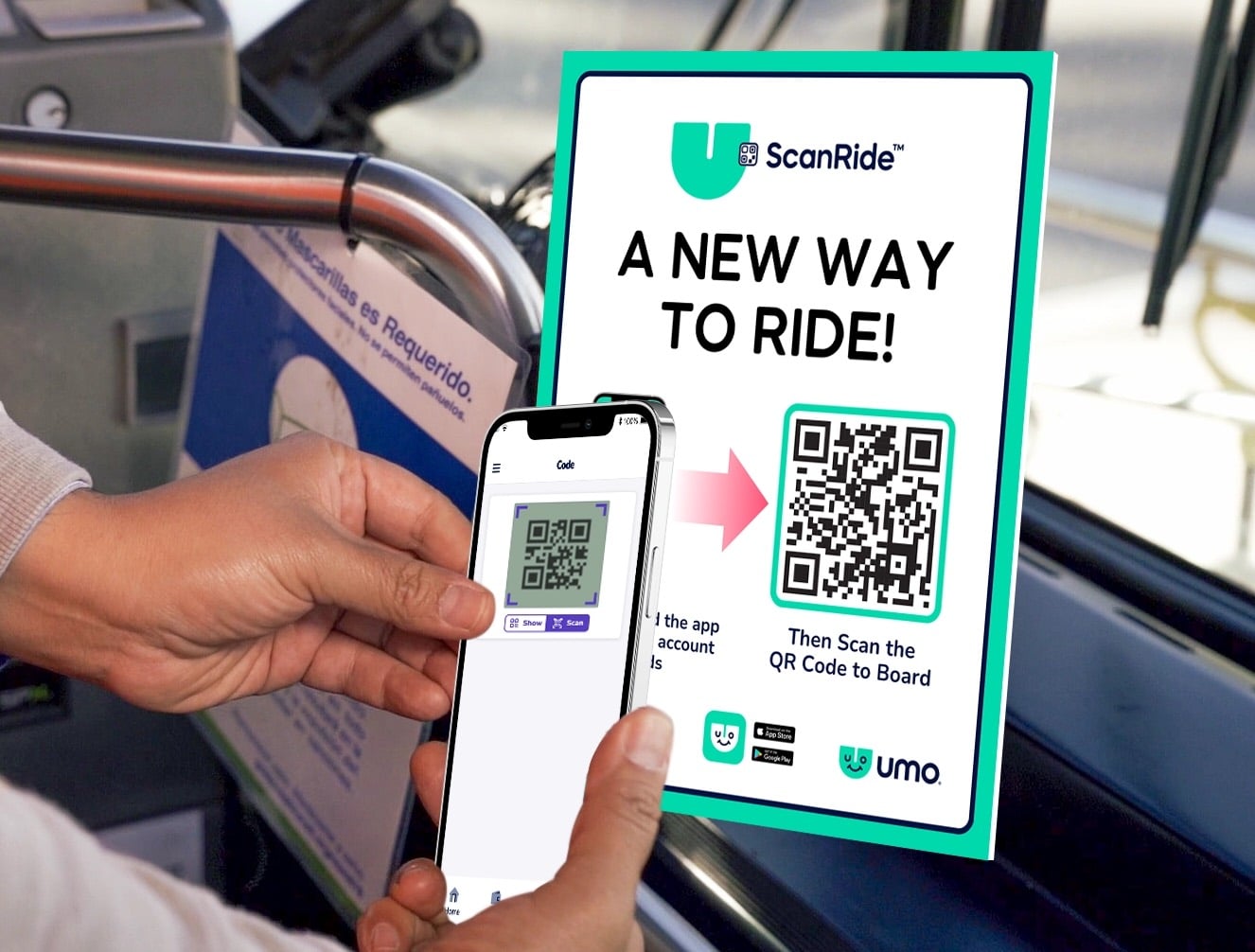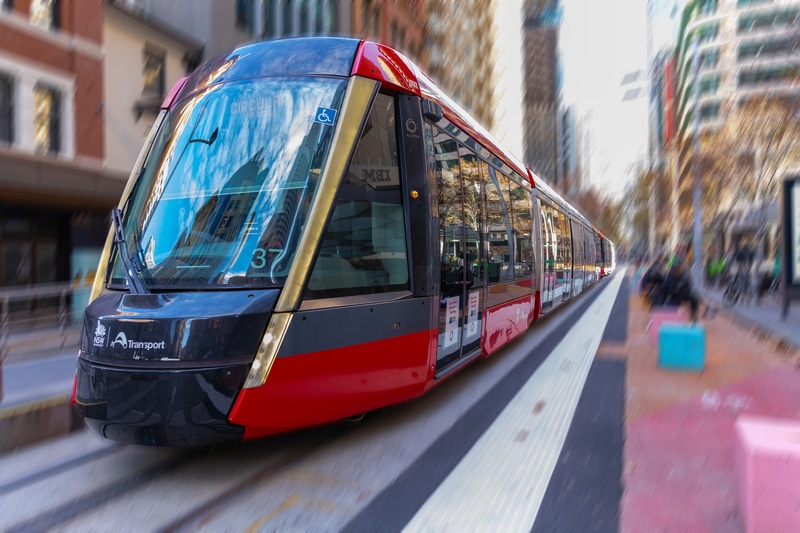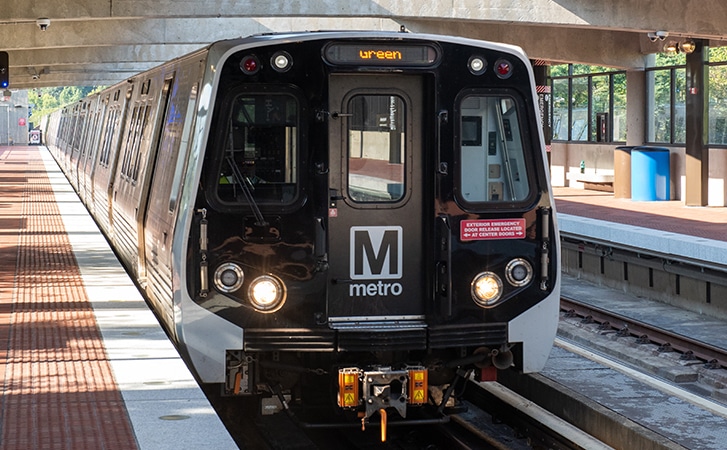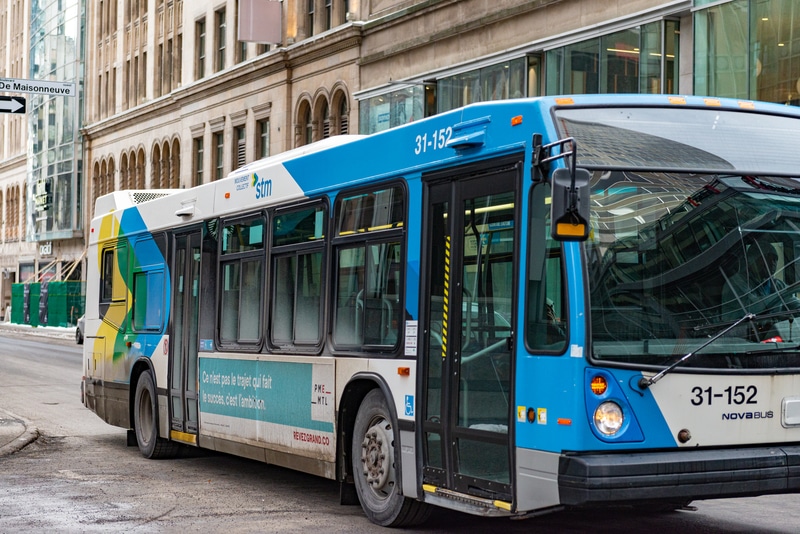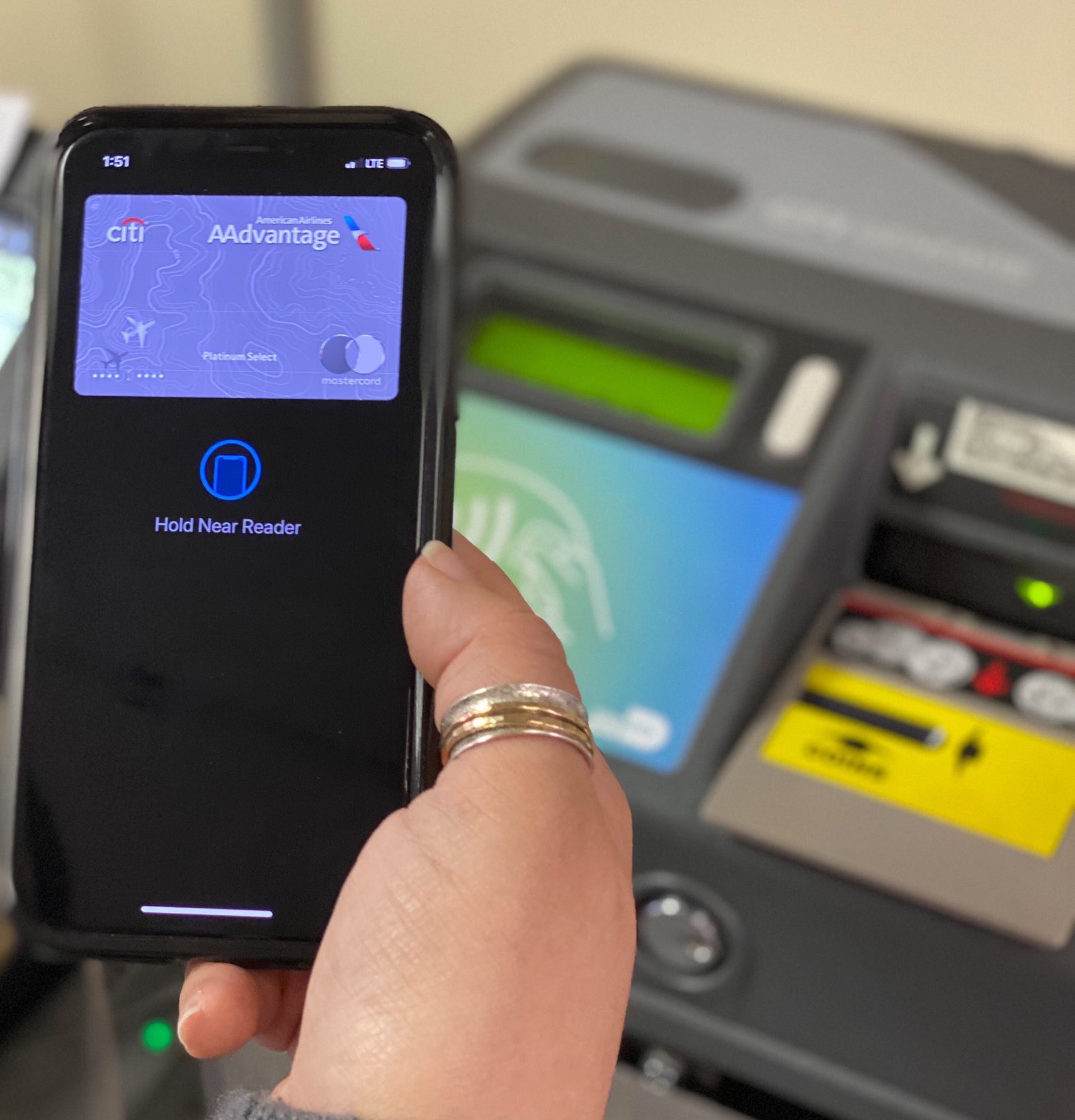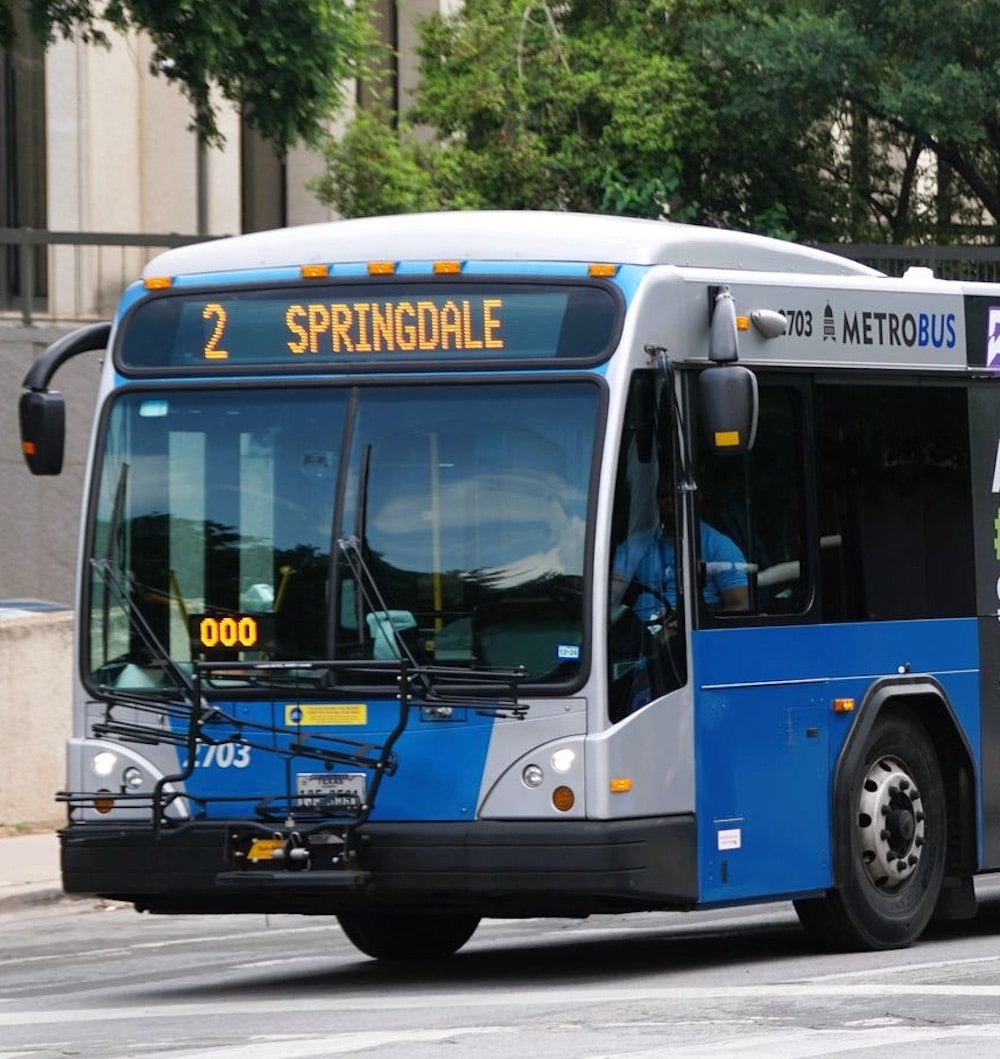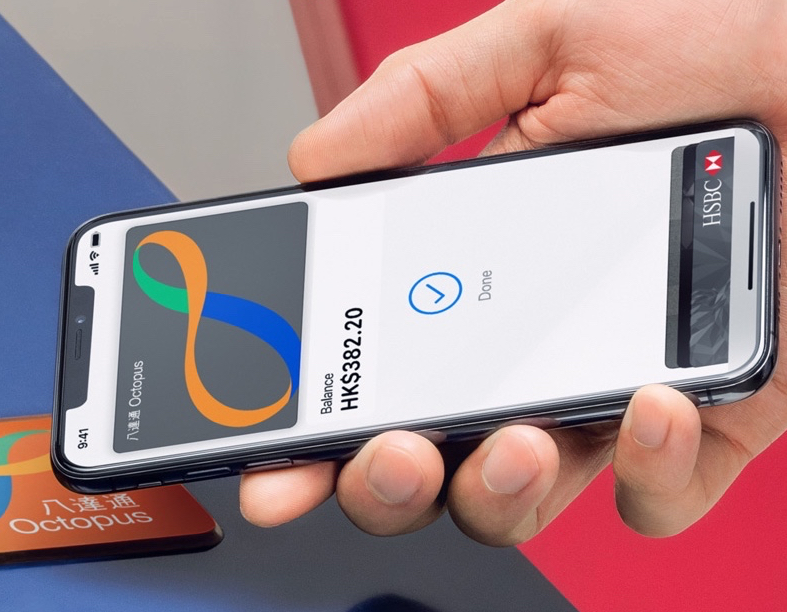
Article Highlights
Key Takeaway:
Apple enabled the popular Octopus card from Hong Kong in its wallet, long after it first promised the service. Apple continues to add closed-loop fare cards in other cities to its wallet, which it sees as an important service to attract more users to Apple PAy.
Key Data:
Table: Major Pays Add Closed-Loop Cards to Wallets to Complement Open-Loop Payments
Organizations Mentioned:
- Apple
- Octopus Cards Ltd.
Apple launched Hong Kong’s popular transit and retail payments service on Apple Pay today, as it seeks to increase usage of its wallet in the market.







